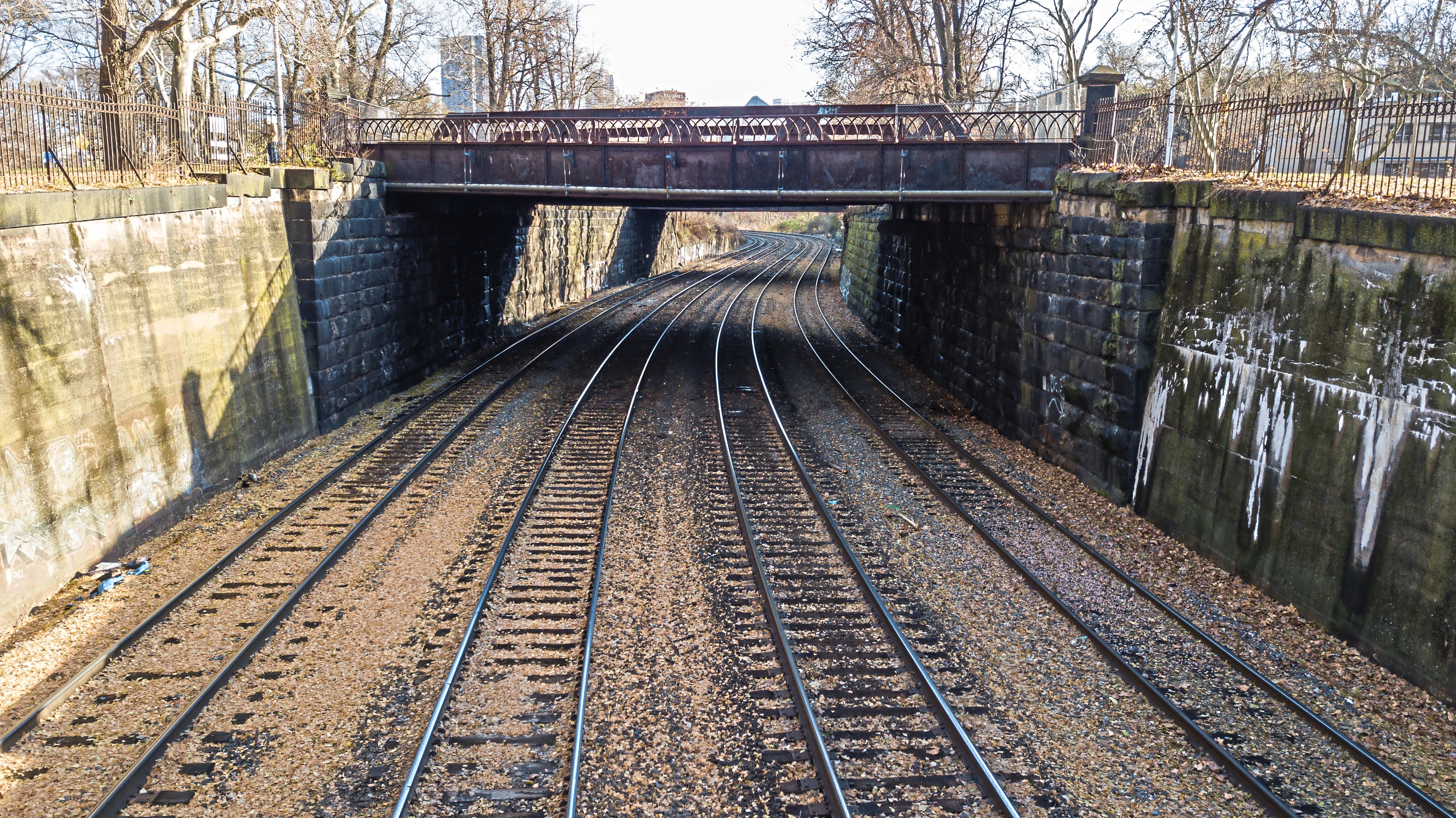
Risky railways from Pittsburgh to Palestine
Sure, there was some political grandstanding at Tuesday’s press conference on the critical matter of railroad safety, but that’s because there were at least three politicians present, two of whom are currently running for office.
State Rep. Sara Innamorato, D.-Lawrenceville, is up for county executive in the May primary. U.S. Rep. Summer Lee, D.-Swissvale, is already eyeing 2024, because with two-year terms, congresspeople are never not campaigning.
Their rhetoric didn’t help: It is dumb and needlessly polarizing to speak of “bomb trains.” Bombs are dropped with the sole intent to harm. Railroads exist for a positive reason, to transport goods and people, not “to poison our communities for profit.”
The political grandstanding, while expected, is truly unfortunate, because if lax laws and inadequate oversight are allowing dangerous trains to pass through our communities, everyone needs to pay attention — not just primary foot-soldiers.
Right now railroad safety is on many minds, with the East Palestine, Ohio, derailment in February and one last weekend in Pittsburgh’s West End.
Residents of Pittsburgh’s North Side have been following this issue for years, ever since Norfolk Southern proposed raising major roadways and bridges to accommodate double-stacked railcars through this densely populated area.
Norfolk Southern won that battle. The only thing that could prevent double-height trains from traversing the 27-mile line that winds through the heart of Pittsburgh is a person, actually: Josh Shapiro.
The governor could pull the project’s funding. He should.
The risks are greater here than in East Palestine, and not just because this is a much bigger, denser population center.
Approximately 174,000 people live within what rail safety advocate Glenn Olcerst calls this railway’s “blast zone.” As much as alarmist terminology (“bomb train”) troubles me, and as much as I think it polarizes public opinion, the spectre of derailment troubles me more.
Compounding our risk is the fact that this is an old city, with old infrastructure, built where major waterways converge.
Pittsburgh’s water/sewer lines, many of them more than a century old, made of brick and at the end of their useful lives, pass under railroad tracks.
Heavy rainfalls make the ground even more unstable. These factors can affect the alignment of the rails and thus the safety of the trains.
Think sinkhole. With double-stacked cars maneuvering hazardous materials through the city center’s tight turns. Near hospitals, universities and stadiums.
Now think evacuation.
Yes, it’s alarming.
And the risk may well grow. Sending double-height trains through, rather than around, Pittsburgh “gives a 45-minute to three-hour time-saving per train,” said Mr. Olcerst, lead counsel for Rail Pollution Protection Pittsburgh.
The time saving “means the company’s computers are going to schedule many more trains through Pittsburgh.” The number could climb from 25 trains per day to 70 or 80, he said. Increased traffic means greater risk and necessitates better infrastructure and oversight.
The U.S. Senate’s Railway Safety Act is “a step in the right direction,” he said, as is the DERAIL bill in the House.
The most important technological change Mr. Olcerst would argue for is electronic brakes, which stop trains about twice as fast as air brakes and “which the rail industry has been fighting for fifty years.”
The most important policy change would be to reduce the industry’s self-oversight. “There’s some regulation,” Mr. Olcerst said, “but it’s actually very ambiguous and leaves a lot of loopholes.”
Unfortunately for those of us who prefer limited government, today’s lax situation allows super-tall, super-long trains to cross rusted-out bridges, carrying deadly chemicals through villages and major cities alike.
Railroads do have a business incentive for safety. Derailments cost an awful lot in lost time and in compensation and clean-up funds.
But companies have a countervailing incentive to move the biggest trains possible as fast as possible. What is the “right” math — the equation that balances profits with public safety? The people most impacted should have a greater voice in the solution.
One public response to the Post-Gazette article on Tuesday’s press conference urged people to “stop whining.”
Complaining, however, is a vital part of our democratic process. Like politicians’ grandstanding, it can be tiresome, but it’s necessary. The alternative is much, much worse.
ruthanndailey@hotmail.com
